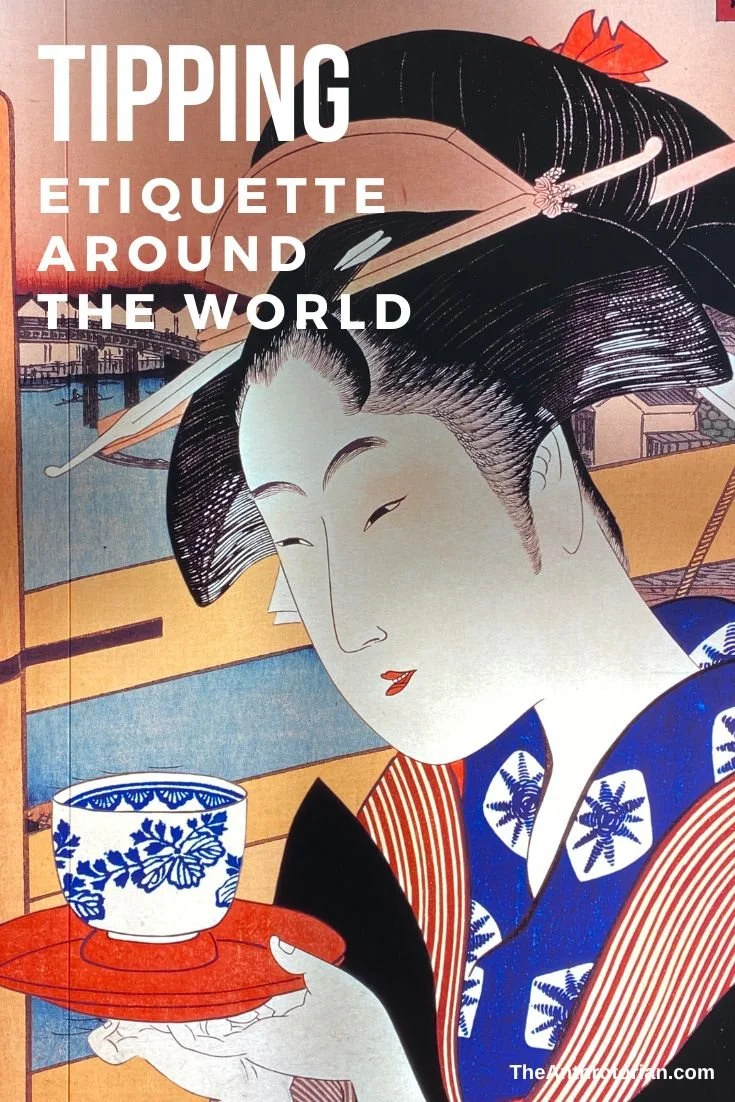Not wanting to interrupt any ceremonies being performed inside, I sat on its steps carved with stone dragons, listening to the slow, strong chanting coming through the cracks in the huge wooden lattice doors.
It was a beautiful building — the sides were painted with intricate murals showing parts of the Buddha’s life and carved stone lotus flowers embellished the eaves and pillars. Abandoning my spot on the stairs for a closer look at the murals, I was shocked to see a huge swastika, painted in yellow, on the side of the temple.
My shock continued to grow as I walked throughout the rest of the complex and noticed swastikas on other buildings, and on statues of the Buddha as well.
The swastika as a religious symbol
It wasn’t until I got home and had the Internet at my fingertips that I learned that the swastika had been a symbol of Buddhism for thousands of years before the Nazi party of Germany adopted it as their own.
Representing good luck and well-being, the symbol is most commonly used in India but is also found in both the ancient and modern art of Egyptians, Greeks, Romans, Celts, Native Americans, Persians, Hindus, Jains, and Buddhists.
In Buddhism, it also represents auspiciousness, the Buddha’s footprints, and the Buddha’s heart. Often used to mark the beginning of Buddhist texts, it is usually only found on buildings in South Korea.
The corruption of the symbol
In the twentieth century, the swastika was corrupted by the Nazi party (much like the Ku Klux Klan did to the Christian Cross, but with a lesser impact).
Despite the fact that the Nazi version of the symbol is drawn at an angle, with the crisscrossing lines running diagonally while the Buddhist version lies flat, most people in the Western World now look at any version of it as a symbol of evil and see nothing more.
Ironic, considering its original representation of peace, life, and joy.
Related Posts









